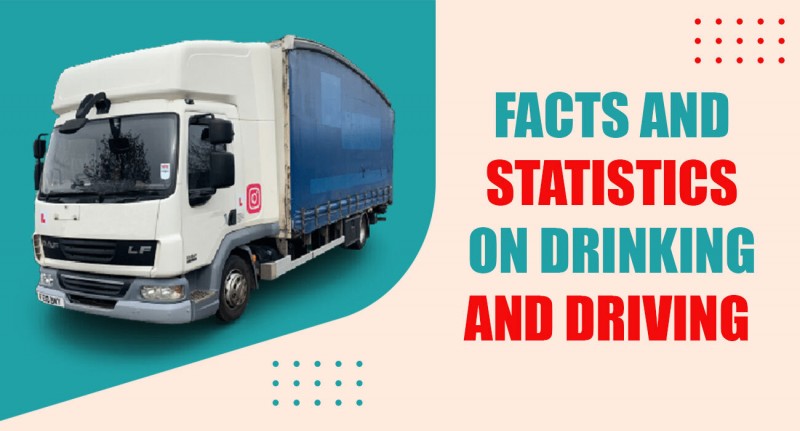Introduction
Alcohol is a substance that lowers brain activity, which has an impact on thought, logic, and motor function. You must have all of these abilities in order to operate a vehicle safely.
As a person's blood alcohol levels grow, the damaging effects on the central nervous system become more pronounced. By way of the stomach and small intestine walls, alcohol is immediately absorbed. It then enters the bloodstream where it accumulates before being broken down by the liver. Also there are most of the queries that relate to bus driving when talking about drinking and driving as people need to manage the things the right way that is by getting the proper cat d licence.
How Alcohol Affects?
Alcohol significantly affects bodily processes that are necessary for driving and functioning normally. Alcohol is a depressant that primarily impairs brain activity. Alcohol has an immediate impact on the brain's most important areas, and "when the brain cortex is released from its functions of integrating and control, processes related to judgement and behaviour occur in a disorganised manner and the proper operation of behavioural tasks becomes disrupted," according to research. Alcohol impairs a number of abilities needed to carry out daily chores.
In the US, drunk driving-related car accidents claim the lives of 29 people every day. 1 Every 50 minutes there is a death. The annual cost of alcohol-related collisions is above $44 billion.
Blood Alcohol Content
The quantity of alcohol in a specific volume of blood determines a person's blood alcohol content. BAC is short for blood alcohol concentration. A blood alcohol level (BAC) of.08 g/dL or greater greatly increases the likelihood of a collision.
But even a modest amount of alcohol can impair one's ability to drive. 2,041 persons died in drunk driving accidents in 2020 where the driver's blood alcohol content (BAC) was between.01 and.07 g/dL.
A blood test or a breathalyser is used to determine the blood alcohol content (BAC). A breathalyser measures the amount of alcohol in a driver's breath. Driving when intoxicated is known as drunk driving (or drink-driving in British English. The relative risk of a car accident increases even slightly higher blood alcohol levels.
Facts about Drunk Driving
- More than 1 million motorists were detained because of vehicle operations that are generally impaired by alcohol or may be due to drugs in the year 2016.
- 16% of car accidents involve drugs—both legal and illicit—in addition to alcohol.
- The number of people using marijuana is rising, and 13% of the weekend and nighttime drivers have THC in their bloodstream.
- 17% of the 1,233 traffic fatalities involved minors that are 0 to 14 years old in 2016 due to intoxicated driving.
Other statistics
Driving while drinking is the riskiest task as it can cause you a lot of damage in every respect . Basically, a person should take care of things to have better and safe driving experiences.
In the United States, drivers who have blood alcohol concentrations of.08 g/dL or higher are responsible for around 30% of all traffic crash fatalities. 11,654 people died in these foreseeable accidents in 2020. Actually, during the ten-year period from 2011 to 2020, roughly 10,500 individuals perished annually as a result of drunk driving accidents.
Even though it is against the law to drive while intoxicated in every state, there was one fatal drunk driving accident in the US every 45 minutes in 2020. Also, the HGV Driving is the new trend that is the HGV Class 2 licence to drive the heavy and the rigid vehicles.

